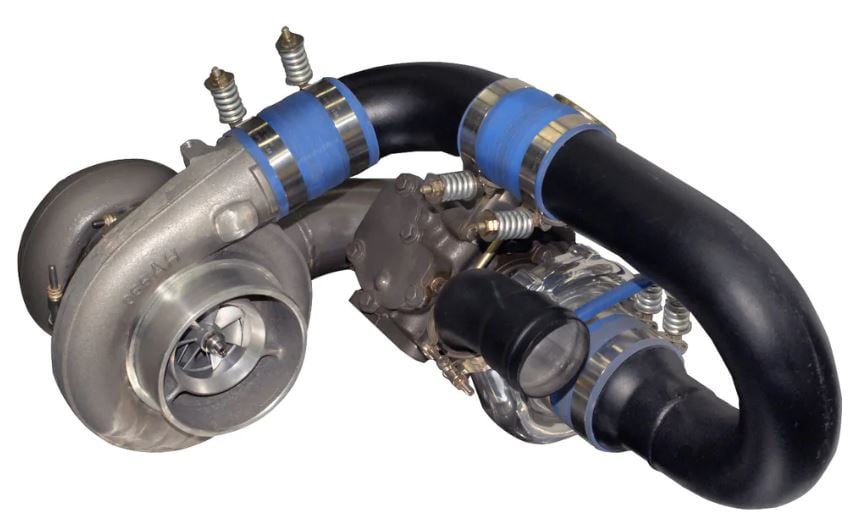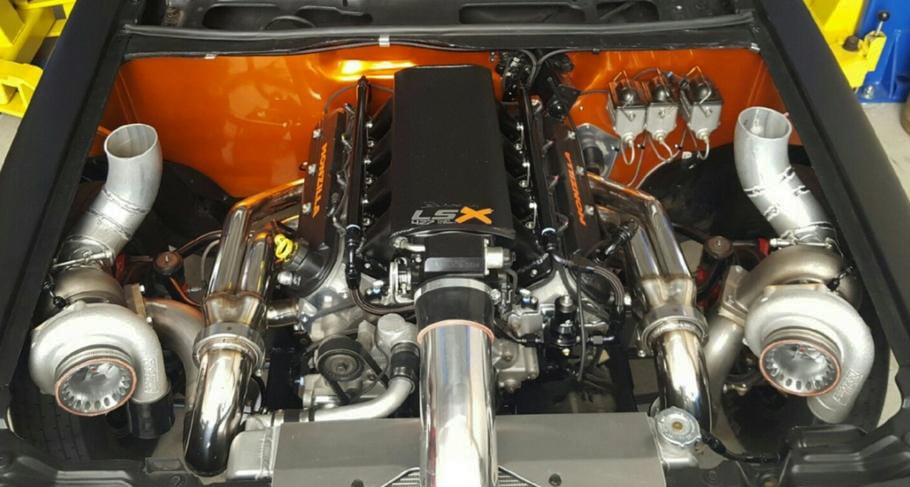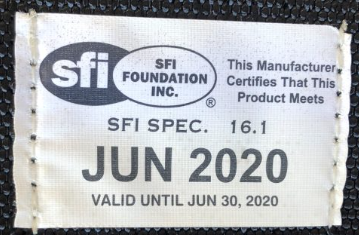Sign up now to join the JEGS email newsletter and be the first to learn about new products, special deals and e-mail only offers!


Turbochargers are an efficient way to boost power in a combustion engine. They come in various setups, from single turbos to twin and compound turbos. But understanding the diverse types of turbochargers and how they function is essential.
JEGS presents this comprehensive beginner's guide to demystify turbochargers. Essentially, a turbocharger harnesses exhaust gas, directing it into a turbine wheel connected to a compressor wheel. The compressed air, known as boost, is then forced into the engine, elevating power output while maintaining the engine's overall displacement.
A turbocharger is a forced induction device that increases an engine's power output by pushing more air into the combustion chamber. This process enables more fuel to be burned, resulting in increased power without enlarging the engine.
The single turbo is the most common type found in both gas and diesel vehicles. In this setup, exhaust gases from all cylinders are routed through a single turbocharger. While cost-effective, it can cause turbo lag, particularly in diesel applications, limiting its powerband for generating boost.
Twin-turbos involve adding a second turbocharger to an engine, commonly used in larger engines such as V6s and V8s. They can operate in parallel or sequentially, enhancing power without compromising low-end torque and minimizing turbo lag by assigning each turbocharger to specific cylinders.

A twin-scroll turbo efficiently separates exhaust gases from each cylinder into two channels before converging into a single turbine inlet. This separation enhances spool-up time, power delivery, and exhaust gas temperature management, making it ideal for smaller engines that require consistent power across various RPM ranges.
Combining features from a variable geometry turbo and twin-scroll turbo, the variable twin-scroll turbo employs a system of vanes to direct exhaust gases into one or two turbine inlets, ensuring boost across the entire powerband with high efficiency. It's particularly suitable for high-performance applications.
Sign up now to join the JEGS email newsletter and be the first to learn about new products, special deals and e-mail only offers!

Variable geometry turbos use vanes at the turbine inlet to adjust the area-to-radius ratio to match engine RPM, offering peak performance and reducing turbo lag. They're mainly utilized in diesel engines due to lower exhaust temperatures but are becoming more common in gasoline engines as technology advances.
Electric turbochargers, featuring an electric motor, aim to eliminate conventional turbo lag. They offer instant acceleration by spinning up the compressor wheel before exhaust gases produce pressure, providing smooth power delivery. However, they're currently limited in production vehicles due to electrical system compatibility and maintenance requirements.
When considering adding a turbocharger to your vehicle, factors like turbo lag, power delivery, efficiency, and compatibility with your engine and vehicle are crucial. Each type of turbocharger has its advantages and limitations, catering to different driving preferences and engine needs.
Turbocharger costs vary depending on the type, size, and application, ranging from a few hundred to several thousand dollars. Professional installation may incur additional labor costs.
Understanding the different types of turbos is vital for choosing the right one for your application. Single turbos are cost-effective but may exhibit lag, while twin-scroll and variable twin-scroll turbos offer improved powerbands and efficiency. Variable geometry turbos provide precise control but may be costlier. Electric turbos offer instant response but have electrical system requirements. Consult JEGS tech support for expert guidance in selecting the ideal turbocharger that matches your engine's needs, driving style, and vehicle requirements.




